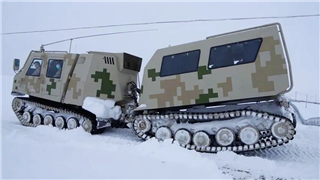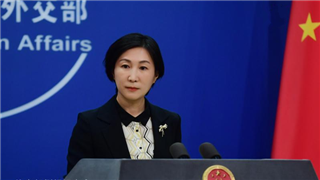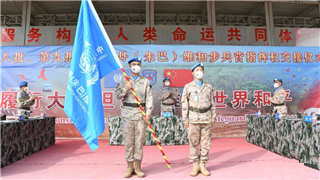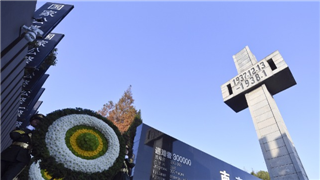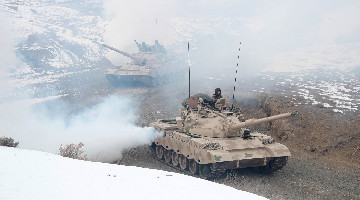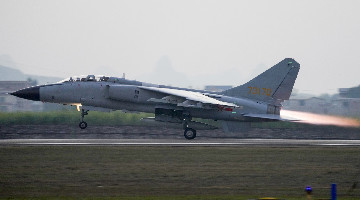
By Chen Hanghui and Qiao Changming
The US military has taken frequent moves in the Indo-Pacific Theater recently. First, the US DoD confirmed on November 1 that it will station six B-52 bombers at the Tyndall Air Force Base in Australia; then on November 22, the US Indo-Pacific Command set up a Space Force Unit to manage military space operations across the region.
From redeploying military forces to setting up the new component, America’s series of moves to reshape the military layout in the Indo-Pacific is a clear sign of its bigoted Cold War mentality.
US shifts focus eastward to make Indo-Pacific theater the new center of military deployments.
Following the “Asia Pacific rebalancing” strategy in 2012, America’s National Security Strategy and National Defense Strategy released in October 2022 called China the “most consequential strategic competitor” and a “pacing challenge”. Against such a background, the US military has obviously given priority to the Indo-Pacific when deploying troops overseas, allocating elite forces and distributing advanced equipment in recent years.
At the moment, the Indo-Pacific theater is the new center of America’s global military deployment, commanding more than 2,000 aircraft, 200 vessels and 370,000 officers, civil personnel and contractors, as well as five of America’s 11 aircraft carriers and nearly half of the fifth-generation combat planes. Of the US military’s five overseas theaters, the Indo-Pacific theater boasts the strongest establishment, maritime and air combat capabilities, air defense and anti-missile capabilities.
The US aims to gain the upper hand through decentralized, dynamic deployments.
While intensifying its military deployments in Indo-Pacific, the US military has adjusted its way of forward deterrence that it applied in the West Pacific during the Cold War.
The US military has decentralized its Indo-Pacific deployments in an attempt to create a wide-ranging combat system that is sprawling in form but cohesive in function. That’s why it decided to relocate the nearly 10,000 marines in Okinawa to Guam, Hawaii and Australia and the two F-15C/D squadrons at Kadena Air Base to US homeland. At the same time, it has reopened, newly built or expanded military infrastructure like airports, ports and radar stations on islands along the so-called “second island chain”, and tried all means to gain the right to temporarily use military bases and important infrastructure in Southeast Asian countries and Pacific island states, with a view to weaving a resilient network of “multiple scattered” bases.
Setting more store by Hawaii and Guam as strategic pivots in the latest redeployment, the US military is upgrading the command, control, communication and intelligence functions at the Indo-Pacific Command headquarters in Hawaii, with a plan to make Guam the West Pacific enter of intelligence sharing, force assembly and logistics support.
Real implementation faces many hindrances.
The US seems bent on stirring up confrontation, locking China as its most consequential strategic competitor, and stepping up military preparedness in the Indo-Pacific theater. But it still faces many hindrances to putting its plans all into practice.
First of all, allies don’t want to pick sides. As America pulled its troops from the so-called “first island chain” back to the safe rear area, its allies will be forced to become cannon fodder should a war really break out. Such selfishness will further erode the allies’ confidence in the US-offered security protection. More important, most countries in the region hope for peaceful development and don’t want to take sides in the major country competition, much less be tied onto the American war chariot as collateral damage.
Second, command and control is more difficult. Scattering its forces along a battlefront stretching thousands of kilometers makes command and control, coordination, and logistics support times more difficult. It’s hard enough to effectively command such a widely distributed force in peacetime, and things would only get worse in a wartime environment of high-intensity electromagnetic confrontation.
Military finance is strained. By October this year, the US federal government’s unpaid debt stood at around US$31.1 trillion, far more than its US$23 trillion GDP last year. The dynamic force deployments and the relaunching, construction and expansion of military infrastructure would both significantly magnify defense spending. It’s uncertain whether the US military will keep up the massive input in the Indo-Pacific theater going forward.
